Falling headline inflation masking pass-through of higher input prices - JM Financial
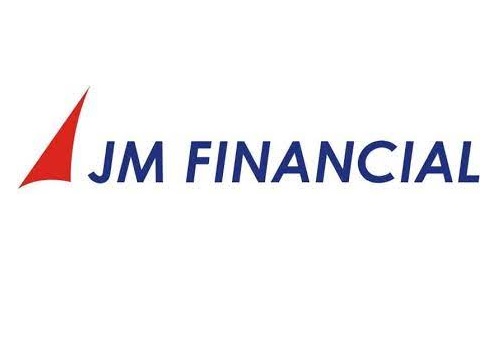
Follow us Now on Telegram ! Get daily 10 - 12 important updates on Business, Finance and Investment. Join our Telegram Channel
Falling headline inflation masking pass-through of higher input prices
Broadly in line with the consensus view (4.5%), retail inflation in Sep’21 fell to 4.35%, the lowest since Apr’21. The MoM decline in inflation (Aug’21 at 5.3%) was led primarily by food which was due to deepening deflation in vegetables although inflation in cereals, milk+, and oil & fats rose. In the coming 3-4 months, food inflation is expected to remain subdued on an elevated base. The remaining two key indices- fuel and core (excl. food+, fuel+, diesel, petrol) however exhibited higher inflation. (1) The fuel and light category hit its highest levels after Apr’12 of 12.3% driven by higher LPG prices.
Petrol inflation moderated MoM. Fuel prices remain at the mercy of govt. taxes/subsidy, which in our view are unlikely to be rolled back unless there is an unexpected spike in headline inflation. (2) Core inflation (Wt: 44.9%) rose by 20bps to 5.1%. Notably, (1) The MoM rise happened despite the moderation in c.46% of the core index, i.e. in key items such as education, housing, medicines, X-ray, ECG, path tests, mobile tariff charges, (2) An uptick is now visible in items where partial pass-through of higher input costs has begun i.e. in PVs, 2Ws, airfare, washing soap/soda, toilet soap, stainless steel utensils, hair products etc. (3) Besides these, higher inflation was also seen in domestic help charges, pan +, gold, TV, clothing.
Going forward, we continue to maintain our inflation estimate of 5.4% for FY22 while being vigilant of the upside risks: i) near-term rise in electricity prices (wt: 2.3%) owing to coal shortages, ii) sustained high levels of oil prices along with a weaker INR through 2HFY22, and iii) staggered pass-through of higher input prices to consumers. Yet for now, the high base of food inflation-key driver for overall inflation-is likely to keep headline inflation within the RBI’s target. This is expected to support the RBI’s accommodative stance with no reverse repo hike in 2021.
* Food inflation at 0.7%, the lowest since Apr’19: Food inflation declined to 0.7%YoY vs. 3.1%YoY last month due to a sharp reversal in Vegetables (from -12% in Aug’21 to -23% in Sep’21). Lower inflation was also recorded egg, meat & fish, fruits, pulses, spices, while it rose for cereals, milk & milk products, oil & fats and sugar- exhibit 2. Thus, other than the extreme volatility in vegetable pricing, overall price trend in other categories remained steady.
We maintain our view that food inflation will remain subdued for the next two three months because of base effects. Post Jan’22, price trajectory of vegetable inflation will drive food inflation and take it back towards mid-single digit trajectory. Overall food & beverages inflation fell to 1.6%YoY vs. 3.7% in Aug’21, driven by non-alcoholic beverages inflation (falling by 90bps) although prepared meals recorded higher inflation by 50bps.
* Core inflation (ex. food+, fuel+, petrol, diesel; Wt: 44.9%)) rises by 10-20bps in Sep’21: Core inflation (ex. Food+, fuel+, petrol, diesel) rose to 5.1%YoY in Sep’21 vs. 4.8%YoY last month despite moderation of inflation in key items that hold c.21% weight in the overall index (or 46% weight in the core inflation index under consideration); i.e. in items such as medicines (Wt: 4%), X-ray, ECG, path tests (Wt: 0.48%), education (wt: 4.5%), housing (Wt: 10%), mobile tariff charges (Wt: 1.86%).
The uptick was seen primarily in domestic help charges, pan etc, gold, TV, clothing, personal care products, washing items, etc. An increase can be seen in items where pass-through of higher input costs has begun**; i.e. in items such as PVs and 2-Ws, air fare, washing soap/soda, toilet soap, stainless steel utensils, hair oil, shampoo etc. Notably, clothing+ inflation (at 7.2%YoY in Sep’21) has been rising very steeply since end of 2019, and is now at the highest levels since Oct-14.
* Building upside risks amid recent developments: The RBI in the Oct’21 policy, lowered inflation forecast to 5.3% YoY vs. 5.7% earlier. Notably in the Monetary Policy Report- (MPR-Oct’18), the RBI uses baseline assumptions of oil at USD 75/bbl, INR at 74.3 in 2HFY22, with global growth at 6.0% in 2021. Accordingly, it estimates- i) a 10% rise in crude to raise inflation by 30bps, ii) 5% depreciation to raise inflation by 20bps, and iii) lower global growth by 100bps could result in slower inflation by 30bps. Currently, i) Brent crude is currently above USD 83/bbl, and ii) the INR stands at 75.42 and tapering is likely to commence in Nov’21.
However, the IMF has revised global growth downwards by 10bps to 5.9% vs. its earlier forecast of 6.0% in 2021. Further, given the coal shortage in the country, short term rise in electricity prices also is likely. This is because, strong power demand is not allowing coal stocks to rise at power plants, leading to rise in IEX prices as high as INR14/kWh, though volumes of electricity traded don’t see a spike as seen last in Aug’21.
To Read Complete Report & Disclaimer Click Here
Please refer disclaimer at https://www.jmfl.com/disclaimer
CIN Number : L67120MH1986PLC038784
Above views are of the author and not of the website kindly read disclaimer
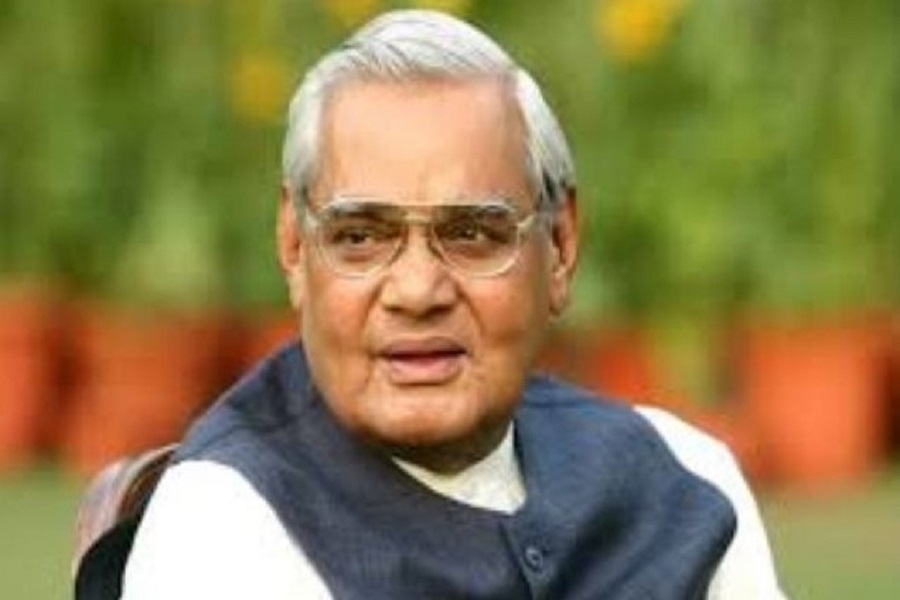
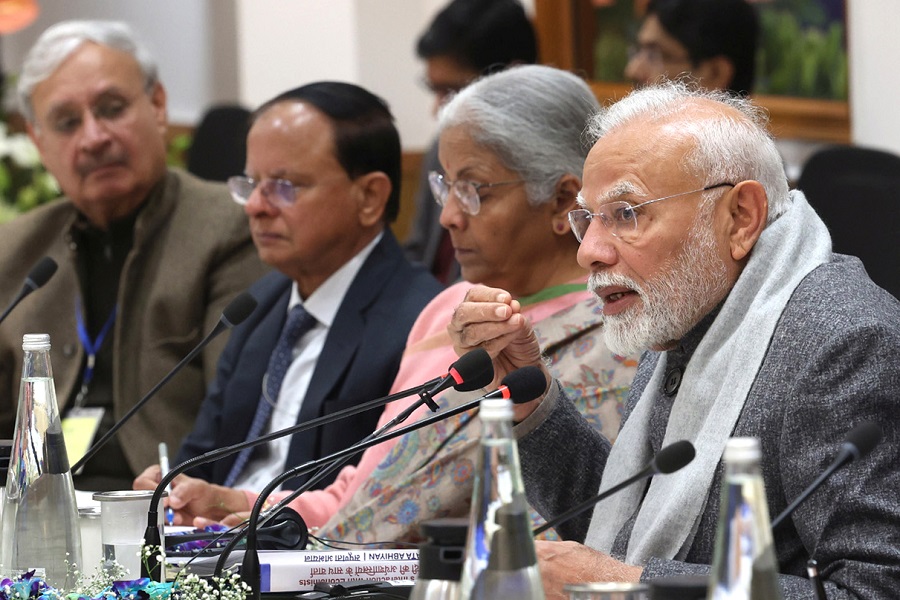




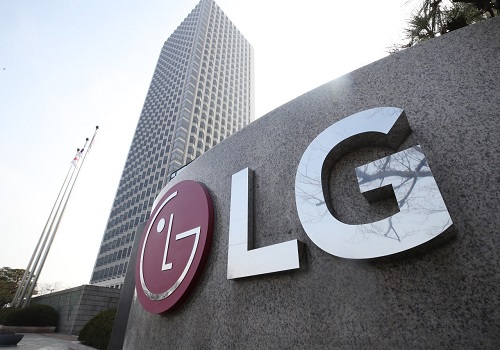



Top News
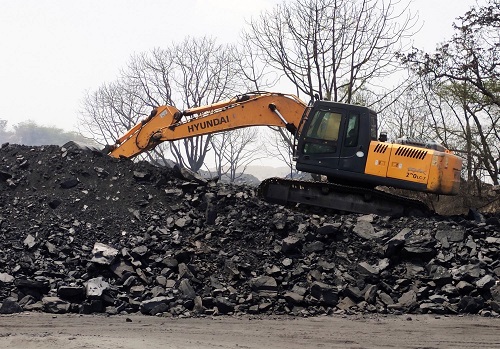
India continues to grapple with 'severe and protracted power crisis' after surge in coal prices
Tag News

Monthly Debt Market Update, September 2023: CareEdge Ratings





 320-x-100_uti_gold.jpg" alt="Advertisement">
320-x-100_uti_gold.jpg" alt="Advertisement">




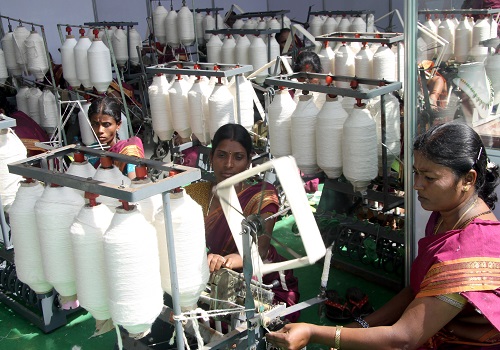
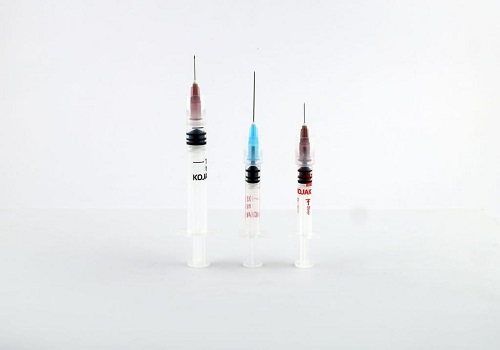
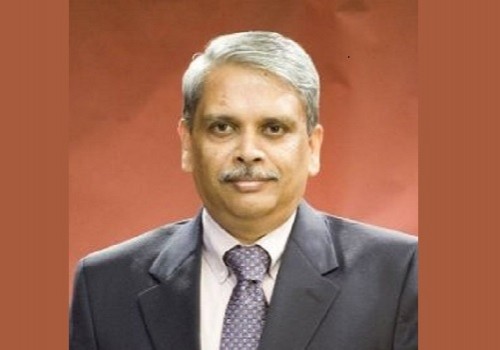
.jpg)